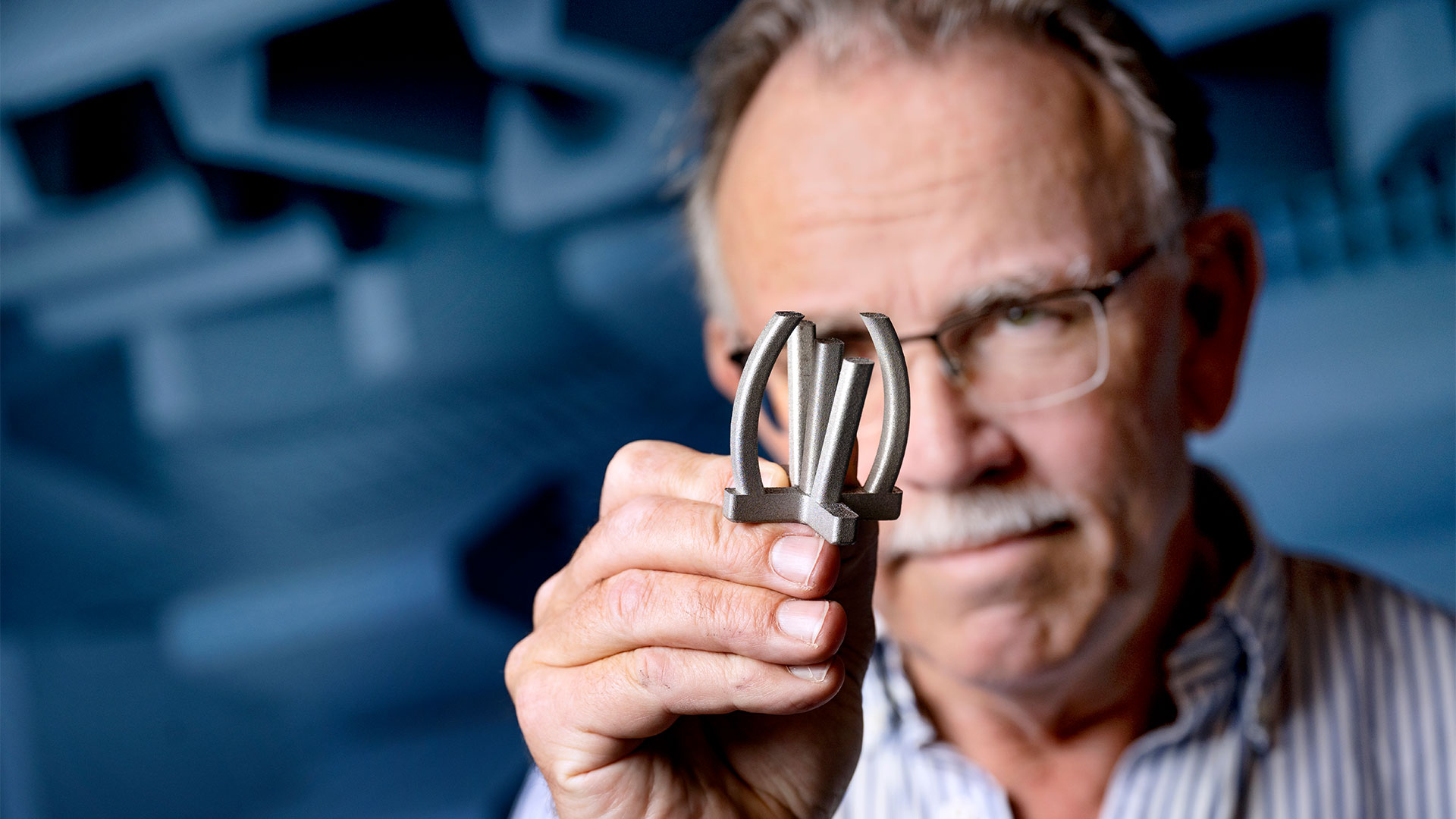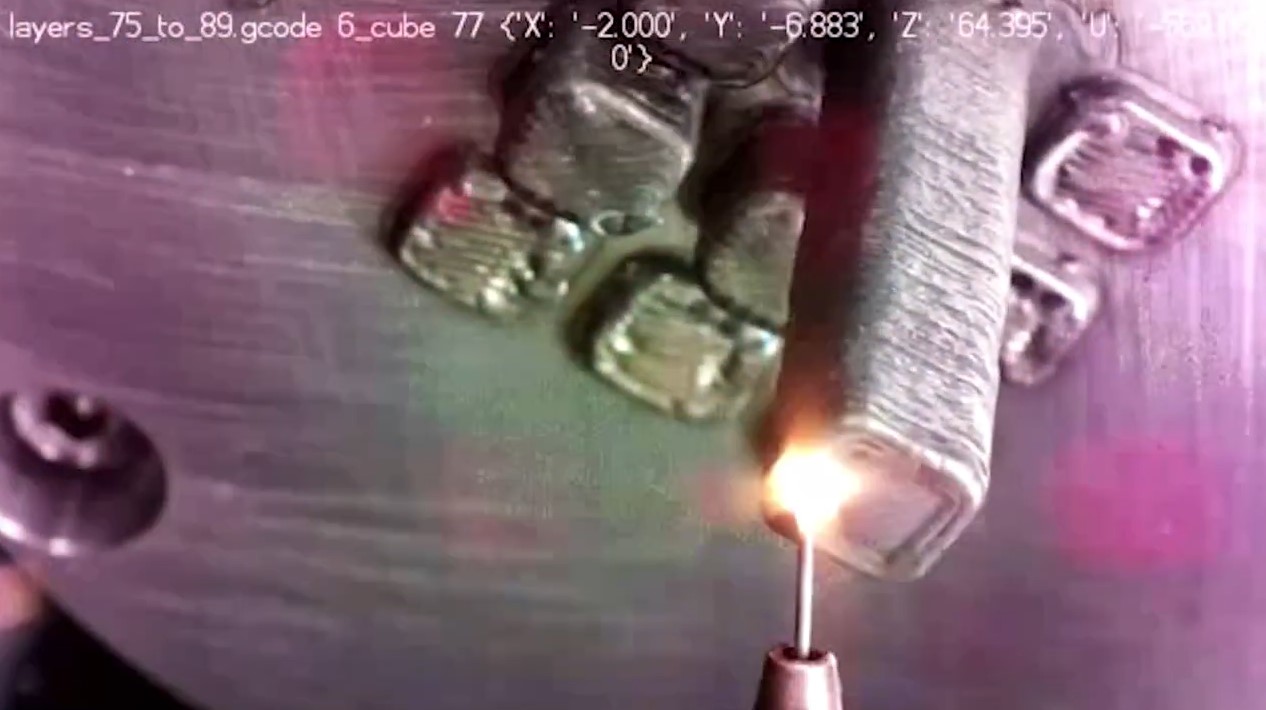Research
Printing spare parts in zero gravity
A metal 3D printer will be on board when the next crew heads for the International Space Station, ISS. In the long term, the printer will be used to make spare parts in space, but it will also provide important new knowledge that can lead to better utilization of resources on Earth.


Mapping the differences between objects printed on Earth and in space will help scientists find better answers to fundamental questions about how metals behave under different thermal and mechanical conditions.
This deeper insight into materials physics can, for example, be used to reduce the margin of safety that manufacturers of metal objects use here on Earth—and thus reduce resource consumption, John Leif Jørgensen explains: “For example, parts for e.g., aircraft are built substantially stronger than necessary because we don’t know exactly how the materials behave. This obviously also applies to cars and bicycles etc. Prospectively, you would be able to improve the efficacy in the use of many of the components and materials we use in society today if you can responsibly reduce the safety margin and go closer to the limit.”
More DTU space projects
Two other DTU projects will be involved in the Huginn mission, scheduled to be lofted in August.
One of the projects will test virtual reality (VR) as a tool for stimulating mental well-being during a space mission. A consortium headed by DTU will deliver a VR system that can transport astronauts to peaceful places—such as a trickling stream in a forest—and thereby improve the astronauts’ mental well-being on long missions.
It is a challenge to develop equipment that will function in space. The available VR systems make use of gravity to ensure that the universe presented to the user is oriented correctly and that it displays without images ‘flickering’ when, for example, the astronauts turn their heads.
Consequently, it will take a lot of work to develop a system that functions just as well in zero gravity, thus avoiding making the astronauts motion sick. However, if it works as intended, it will open the doors for wider application of VR in space for practice, training, and entertainment.
In the second project, Andreas Mogensen will continue to capture the powerful lightning which emanate from thunderclouds and reach up to a height of 50 kilometres—and which he captured on video during his first brief mission in 2015.
For the new mission, DTU Space will equip the Danish astronaut with a much better camera system capable of capturing up to 100,000 images per second with an unprecedented contrast of the amazing electrical activity, thus providing new insight into and perspectives on this phenomenon.
The many new images—together with data collected from the Danish space climate observatory ASIM, where DTU Space is responsible for the scientific management—will provide DTU researchers with more knowledge about how lightning affects the atmosphere’s concentration of greenhouse gases and thereby Earth’s climate.
Such knowledge will, for example, enable researchers to improve our climate models.
Contact
John Leif Jørgensen Professor and Head of Measurement and Instrumentation Mobile: +45 93510315 jlj@space.dtu.dk